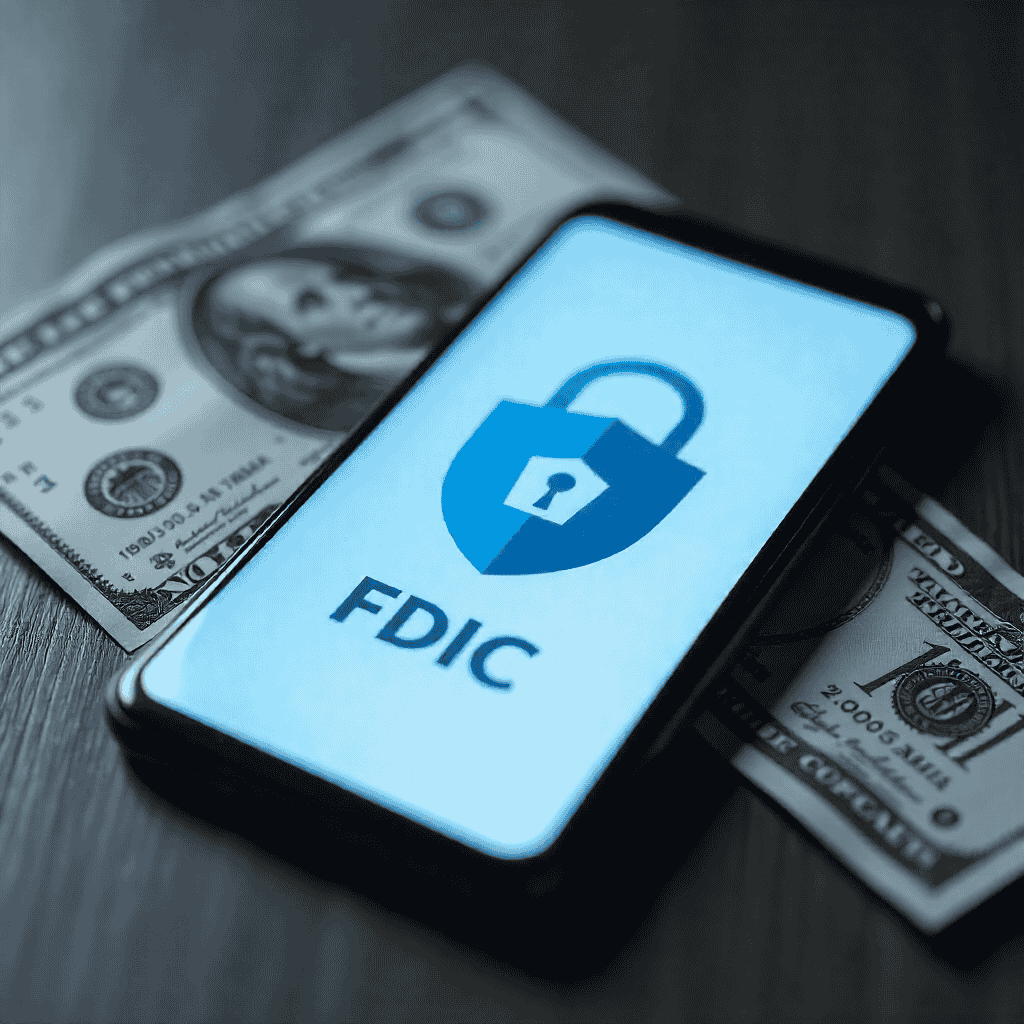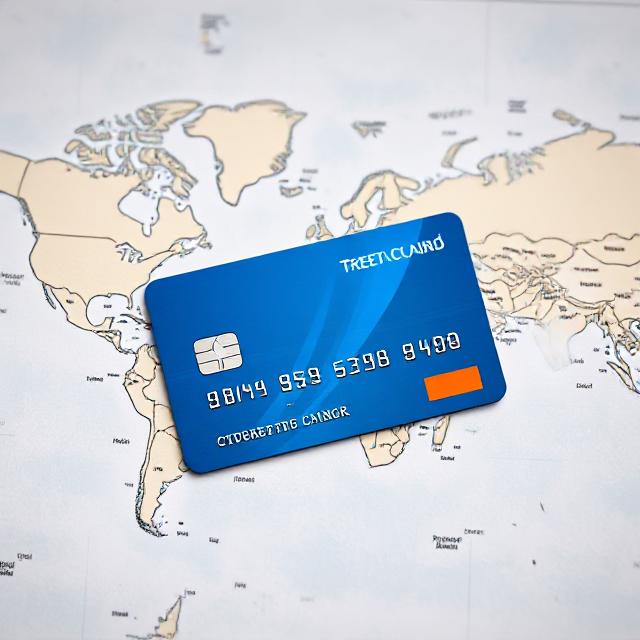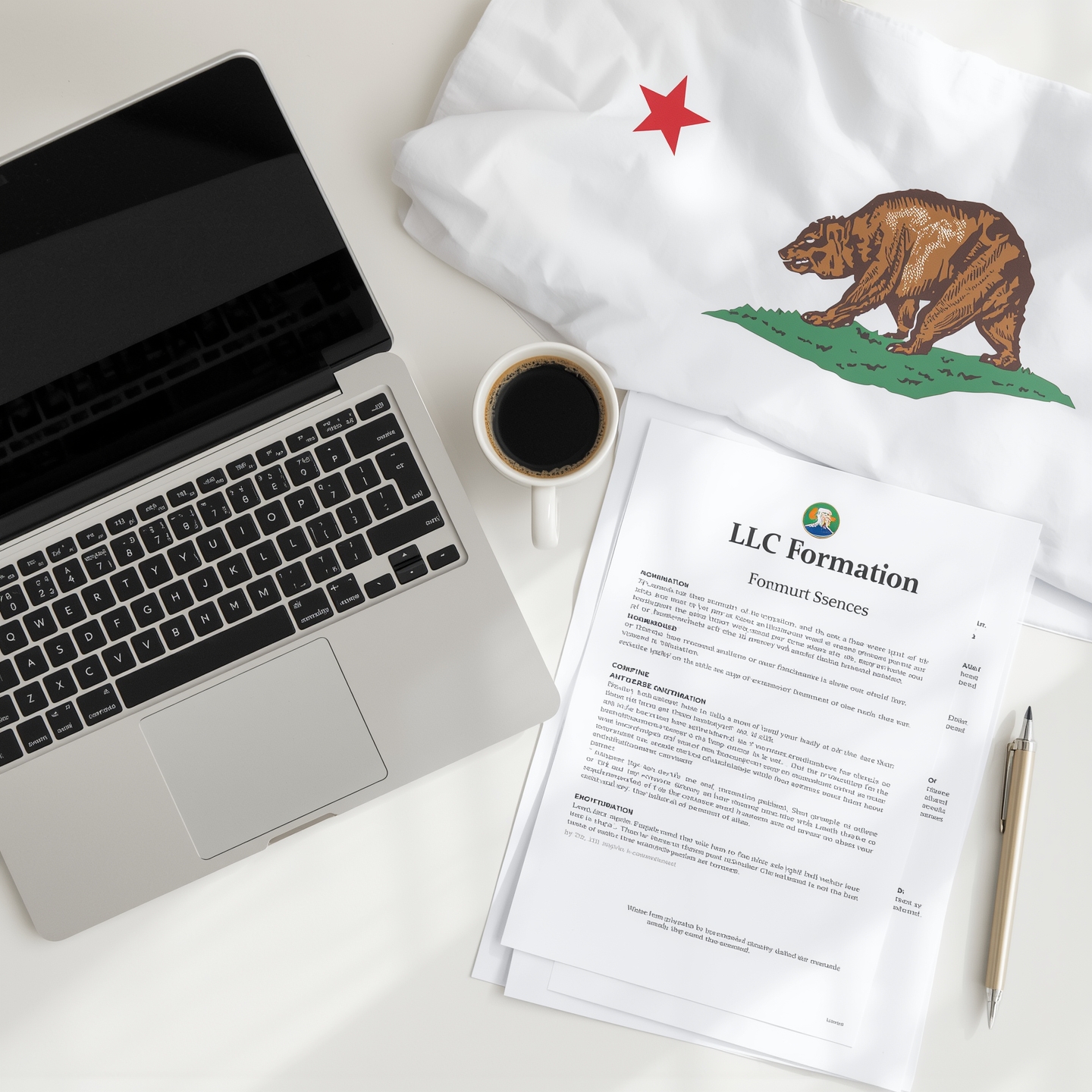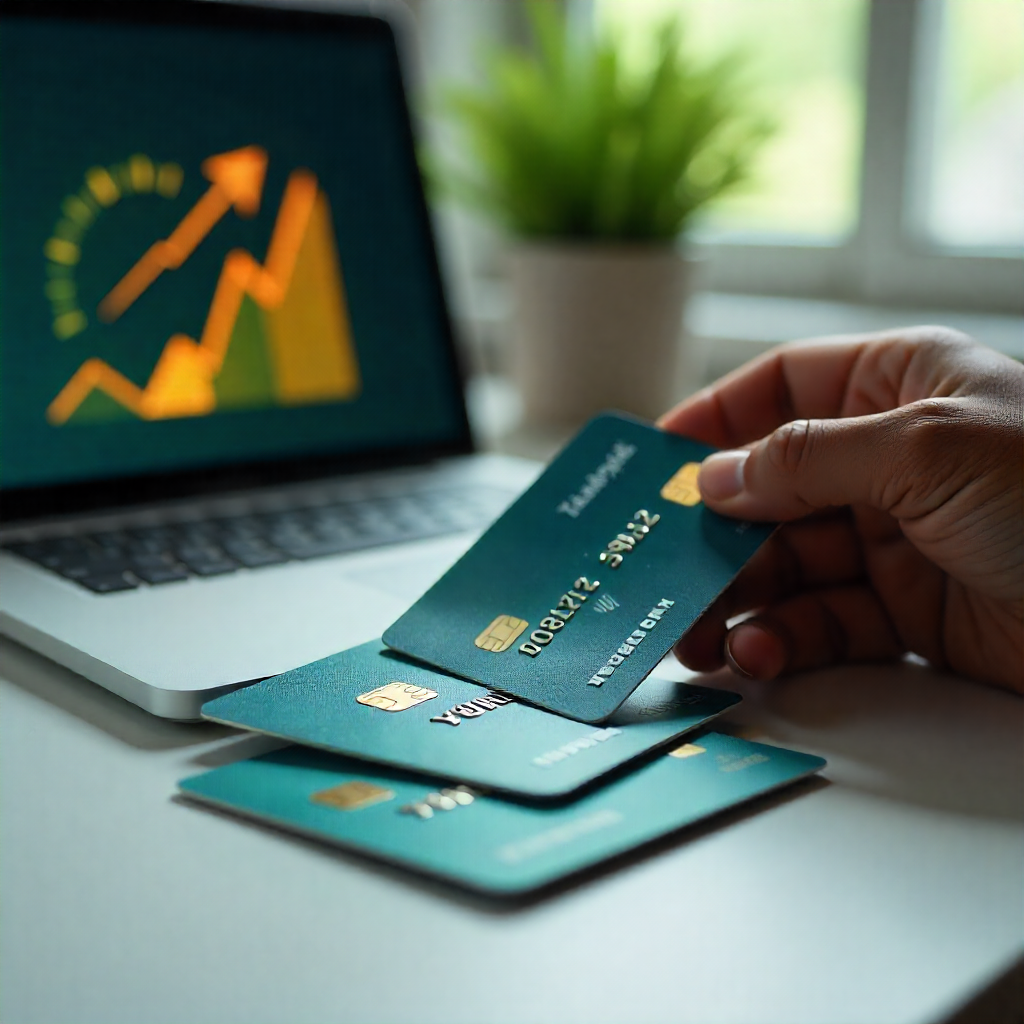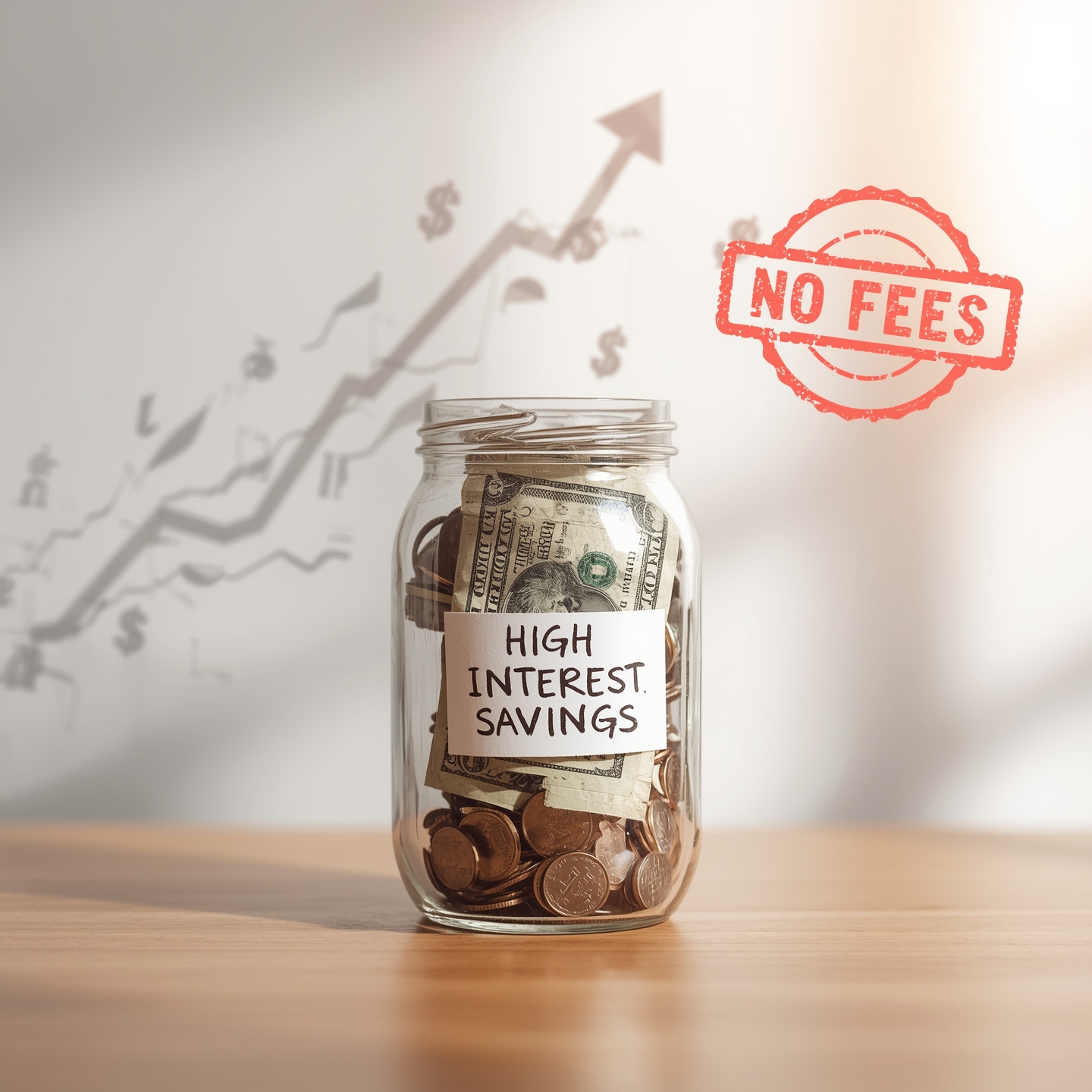
Introduction
Life is very unpredictable, some good and some not so good. Unexpected costs can easily plunge personal finances in a mess whether it is due to a medical bill that has come in out of the blue, loss of a job or even a car repair. That is where emergency fund comes in.
Financial safety net is an emergency fund. It is the money you save to meet the basic expenses in the hard times to avoid falling in debt and avoid stress. Creating an emergency fund is more than ever a priority to millions of Americans due to the increasing cost of living and uncertainty in the economy.
We are going to dissect all there is to know about how to build an emergency fund step by step in this guide. This article can save you on knowing how much to save, where to keep your money and more practical ideas to increase your fund.
What is an Emergency Fund?
Emergency fund is the money set aside to deal with unexpected and urgent costs that are unavoidable and should occur. In comparison with ordinary savings that can be spent on holidays or large-scale purchases, this fund is purely emergency.
When you would use an emergency fund includes:
- Unemployment or loss of income.
- Medical emergencies which are not completely covered by Healthcare.gov.
- Major car repairs
- Home repairs (leaks in the roof, plumbing, heating ) which are considered an emergency.
- Sudden travel (e.g. family emergency)
A specific fund means you do not feel like using credit cards, payday loans or borrowing money to improve your financial status.
The reasons why an Emergency Fund is Necessary to Everyone in America.
Federal Reserve cited that a large number of Americans are unable to meet a 400-sudden expenditure without financing or selling something [Federal Reserve Report]. This shows how financial safety nets are badly needed.
These are the key advantages of an emergency fund:
- Peace of Mind – You are financially ready and this relieves stress.
- Avoid Debt – Emergency funds ensure that you are not in a position of having to use high-interest credit cards or loans.
- Monetary Independence – It makes you less reliant on others when you are in a rough spot.
- Enhanced Decision-Making – You will not experience the strain to make bad financial decisions when you have a safety net.
- Security During Job Loss – In a job search, an emergency bank account can be there to meet the basic needs of living.
What is the Emergency Fund You Should Save?
It does not have a definite response- it depends on your lifestyle, family size and financial condition. But the majority of the specialists suggest:
- Starter Fund: How much you need to start with is at least $1,000 (to take care of small emergencies).
- Standard Fund: 3 to 6 months of typically spent living expenses.
- Extended Fund: As many as 12 months of costs, when you have unstable income, dependants or just one source of income.
Step 1: Figure out (Calculate) Your Monthly Expenses.
Include your basic monthly expenses which include:
- Rent or mortgage
- Electricity, gas, water and internet (utilities).
- Food and groceries
- Transportation (car charge, gas, insurance)
- Medical and health insurance.
- Childcare or education
- Debt payments
Divide the number by 3, 6 or 12 months to determine the amount to target.
Sample: When your basic needs cost you $2,500/month, then the amount you would want as an emergency fund would be 15,000 in 6 months.
The Question is Where to Save your Emergency Fund.
Your emergency fund must be secure, fluid and expedient. This implies that it should not take risks with investments such as stocks or cryptocurrency. Instead, consider:
High-Yield Savings Accounts (HYSA):
- Grow your money and at the same time be safe.
- The FDIC-insured accounts have up to 250,000 dollars per depositor [FDIC.gov].
Money Market Accounts:
- Like savings accounts but they can have a little more interest.
Certificates of Deposit (CDs):
- Best used in long-term savings, but at the same time you can only contribute a portion of your emergency fund to this section as the withdrawals can be subject to penalty.
Treasury Securities (through TreasuryDirect):
- Supported by the U.S. government [ TreasuryDirect.gov].
For Emergency Money, do not keep in:
- Stocks or mutual funds (ireddy risky).
- Reading cash (no security and interest free).
How to Build an Smergency fund in 8 Steps.
Step 1: Set a Realistic Goal
Start small if needed. Minor emergencies can be covered by even five hundred dollars and avoid debt. Pay in stages with up to 3-6 months expenditure.
Step 2: Create a Budget
Record your income and expenditures with the help of such tools as:
Consumer.gov Budgeting Guide Reduce unnecessary expenditure and use the amount in savings.
Step 3: Automate Your Savings
Automatize the transfer of money between your checking account and a savings account. Get it like a bill that you have to pay.
Step 4: Start with Windfalls
Boost your emergency fund with the use tax refunds, bonuses, or additional income. Check the amount owed to the IRS.gov on tax refunds.
Step 5: Minimise Unnecessary Cost.
Downgrade subscriptions you do not need, eat more at home, and stop buying on the spur of the moment. Even saving $50 a week adds up.
Step 6: Increase Your Income
Think about the use of a side hustle, freelance work or the sale of unwanted things. Each additional dollar assists to construct your fund sooner.
Step 7: Keep It Separate
Do not confuse emergency cash and your everyday checking account. A separate savings account is used to keep you out of temptation.
Step 8: Replenish After Use
In case you have tapped into emergency fund, then you should rebuild it as soon as you can.
Common Mistakes to Avoid
- Vacations, shopping.
- Putting emergency money in risky assets.
- Not saving enough- quit when you have saved 1,000 rather than continuing to accumulate.
- Storing money in the form of cash alone- it depreciates because of inflation.
- Leaving out the need to change savings objectives as costs rise.
Emergency Fund vs. Other Savings
- Emergency Fund: This is to be used in case of unforeseen emergencies.
- Short-Term Savings: To make scheduled spending on something such as holidays or devices.
- Retirement Savings: Financial security on a long term basis (401k, IRA).
Do not confuse your accounts.
The Time to build an emergency fund: how long?
It relies on your revenue, spending and saving behaviors. For most Americans:
- Saving $100 per month = $1,200 in a year.
- Saving $250 per month = $3,000 in a year.
- Saving $500 per month = $6,000 in a year.
Regularity is of all importance than haste. Small contributions are accumulated.
How to Build Emergency Fund Tools and Resources.
- MyMoney.gov- the U.S. governmental financial education site.
- USA.gov- Saving and Investing -Tips on saving and budgeting.
- FDIC Consumer Resources– How to be a safe banker.
- TreasuryDirect.gov- Purchase secure Government securities.
- Financial tools and calculators Consumer Financial Protection Bureau (CFPB).
Final Thoughts on how to Build an Emergency Fund.
One of the most essential financial actions you can perform is the formation of an emergency fund. This is not going to happen in one day, however, with some hard work, good planning and discipline, you can have a solid safety net in place that will cushion you against unforeseen financial downturns.
Remember:
- Start small, aim high.
- Keep your money secure and convenient.
- When you use your fund, refresh it.
Having an emergency fund will not only help you to endure financial shocks- you will also flourish knowing you have an escape route to cushion your future.
READ MORE: Emergency Government Grants USA: A Complete Guide














